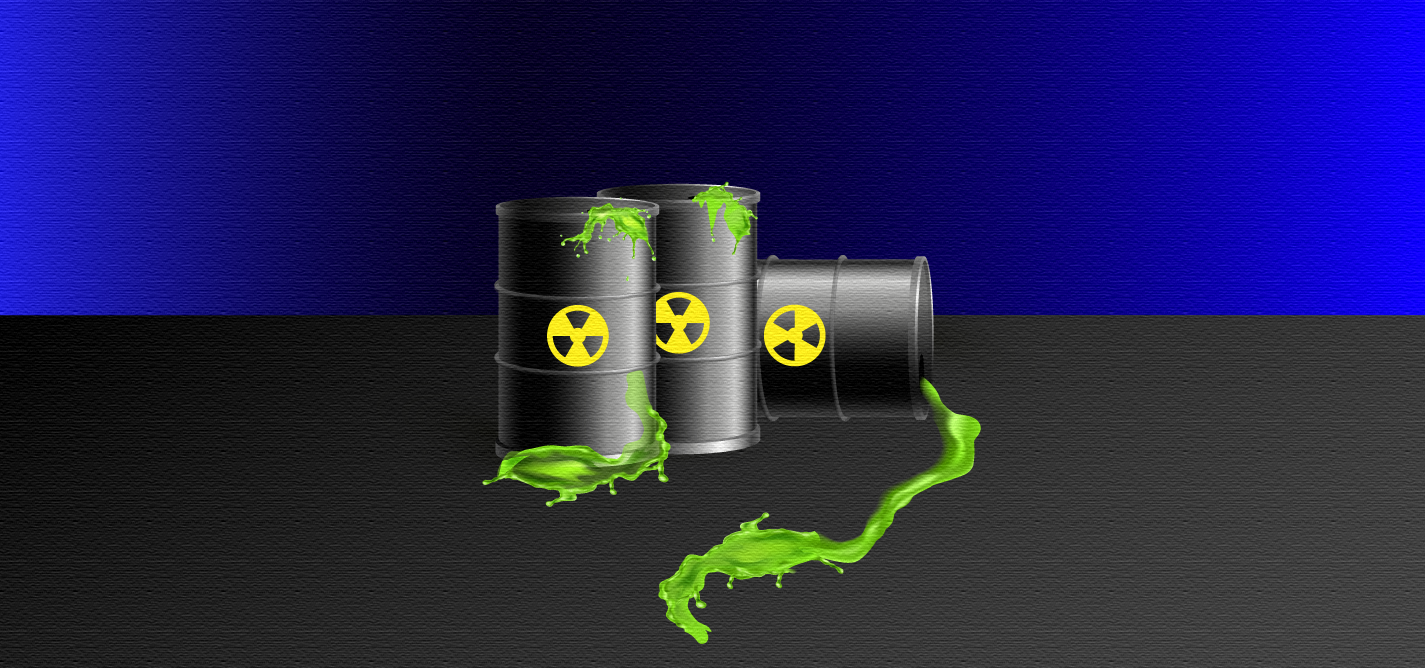
Serbia’s nuclear waste problem
Experts urge officials to find a solution to the handling of hazardous materials.
|21.01.2019
|
Experts agree that by adopting the new law, Serbia has eliminated the possibility of a permanent solution for disposing of radioactive and nuclear waste.
“The fact that there are currently no emissions of radioactivity does not mean that there won’t be any someday. This is why it is necessary to repackage all this waste and permanently store it.”
Dr. Uranija Kozmidis, Faculty of Technical Sciences, Novi Sad
Jovana Georgievski
Jovana Georgievski is a Belgrade-based journalist at Vreme Weekly. Her areas of interest are migration, and Balkan narratives and their reflection on culture and everyday life. She is a Belgrade Open School alumna and speaks Russian and English.
This story was originally written in Serbian.